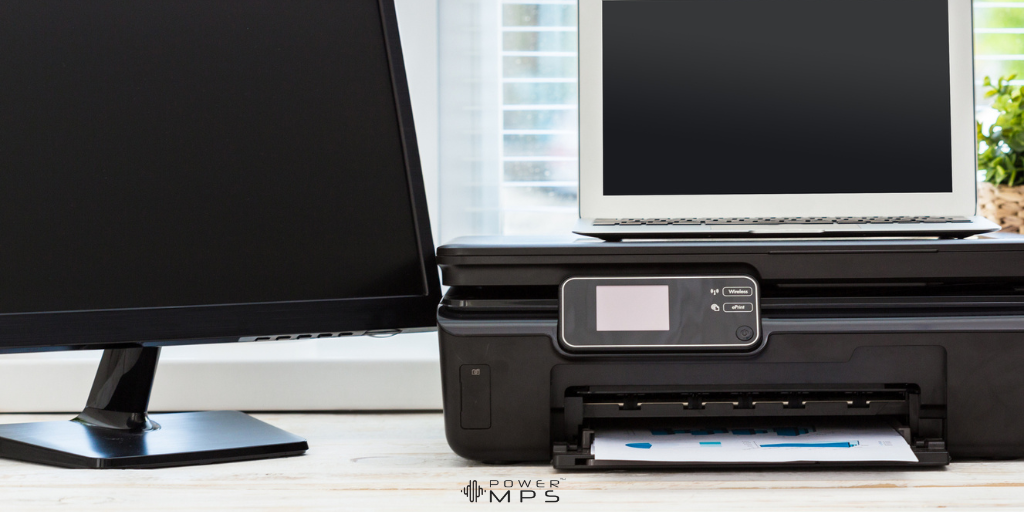The way technology is moving today; it is easy to think that people no longer need to print documents or purchase printers for the home or office. Yet, over and again, it is proven that consumers still show interest in print and paper.
For example, the use of mobile phones and digital cameras has grown fast. In many cases, it has shut down big photography businesses such as Kodak, CPI, and other film-related companies. Competition for providing the best digital camera technology is fierce. Recent ads for the latest mobile phones even focus on photographic capabilities, including nighttime capture and better representations of accurate skin tones. As a result, today’s youth are unlikely to experience the wait times and uncertainty typically associated with cameras that rely on film.
Yet, consumers still have an overwhelming desire to do more than view images on a screen. They want to hold them in their hands, stick them to walls, carry them around in their belongings, and share those same experiences with friends and family. They just don’t want to wait for it.
So, rather than the old school “take the image and get it developed” methodology, instant cameras have become the go-to for people looking for fast physical photos. Today, Polaroid cameras and the FujiFilm Instax are significant players in the consumer photography market. Polaroid representatives note younger customers enjoy their instant cameras and often take digital pictures of their instant photography prints to share on social.
But the human need for print goes beyond imagery. It also holds Ground as relevant in other aspects of the modern world. Here are three ways printers and printing continue to remain relevant.
People Still Buy Newspapers and Magazines
In the past, printed materials were an easy and commonly used way to pass information to the general public. While radio and news programs added to these avenues of communication, they were generally considered complimentary rather than competitive.
Moreover, many people (63%) believe reading a printed story gives them a deeper understanding of the information they have taken in. Over ninety-two percent of individuals 18 to 23 agree that reading printed material is more accessible because it helps them concentrate.
For instance, it is easy to get distracted from an article on a mobile device by a message, call, or application notification. None of these distractions are available with the printed page. Gen Z, considered one of the most digitally savvy generations, believes reading offline has more significant benefits. Over half (61%) agree that engaging with printed materials is more enjoyable. Over 95% of youths even admit to reading magazines because they consider them relevant and important.
Printed Materials Help Promote Engagement and Health in the Workplace
Engaging staff in contributing to steering the business forward is a critical aspect of any company. Interestingly, using printed documents to help communicate data and generate input is usually easier than attempting to use digital sharing. Often, this can be chalked up to the technological gap. People in every age group have more difficulty or delay in using new software or have a hard time grasping new processes. But it also has to do with the tangibility of paper over digital.
A recent survey from NeoLAB Convergence Inc. confirmed that office professionals prefer taking pen and paper notes over using tablets and laptops during meetings. Over sixty-five percent of respondents stated the reason behind their preference was the ease and effectiveness of written notes. Moreover, ninety-five percent said they found it easier to remember notes they had written by hand than those they typed. Another seventy-five percent believe employees would enjoy and benefit from sharing handwritten notes, memos, and meeting information with and from their colleagues.
In addition to better communications, using printed presentations and handwritten notes in both meetings and interoffice note-sharing can help relieve employee eye fatigue. Studies have proven that computer monitors and indoor lighting often lead to long-term eye strain. Around fifty-to-ninety percent of office workers suffer from computer vision syndrome.
However, taking time to regularly look away from the screen and focus on other objects reduces fatigue and can improve long-term eye health. In addition, using a mix of printed and digital materials can encourage a variety of movement and eye focus, contributing to better employee health.
Printers Bridge the Gap Between Digital and Physical in the Office
Over sixty percent (64%) of business owners believe printers and printing will remain a critical element of doing business for the foreseeable future. After all, there are still packing slips, written notes, printed receipts, invoices, and many other pieces of documentation that need to be securely recorded and stored. And the best way to enter physical data into digital is through scanning.
But the longevity of printing can be attributed to more than transferring inherently physical documents. For example, printing and scanning make it easier for employees to share notes and memos. They also allow workers to print out documents, perform editing mark-ups or add commentary, and scan those notations back into the system for dissemination.
For hybrid and remote offices, the latest printers can be set up to accept mobile communications for printing. They may also allow employees to share scans with multiple participants via application or email. These functionalities make it easier to keep out-of-office workers in the loop and facilitate faster information sharing between office settings.
Despite the steady advance in technology, printers continue to hold their ground. Instead, new software and internet-friendly tools have allowed printing to develop unique benefits for the standard consumer and business office, including reduced eye strain, better communication, and improved trust in information. And as society continues to march forward, it is clear that commercial and professional print materials will play an sessential part in how people retain and communicate information.
